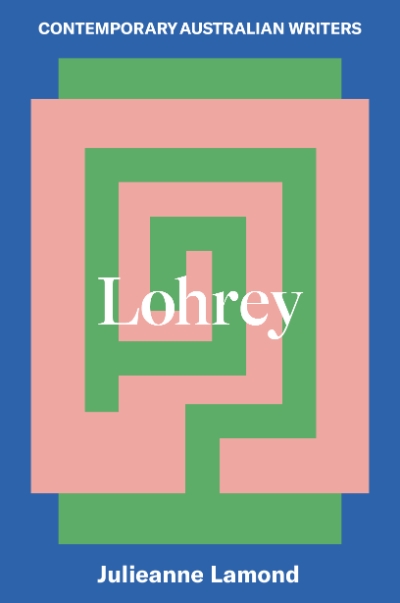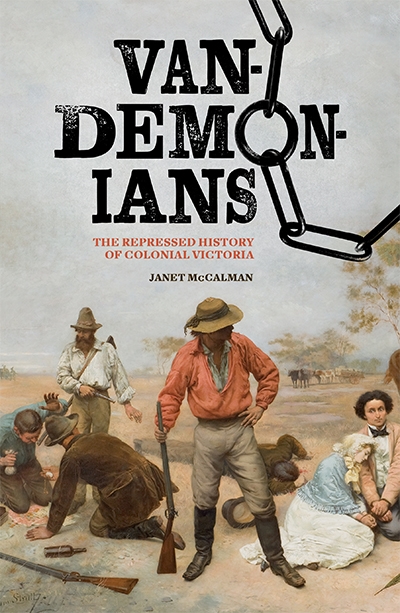The Miegunyah Press
My Grandfather's Clock: Four centuries of a British-Australian family by Graeme Davison
Vandemonians: The repressed history of colonial Victoria by Janet McCalman
by Alan Atkinson •
Memoirs of a Young Bastard: The diaries of Tim Burstall November 1953 to December 1954 edited by Hilary McPhee with Ann Standish
by John Thompson •





